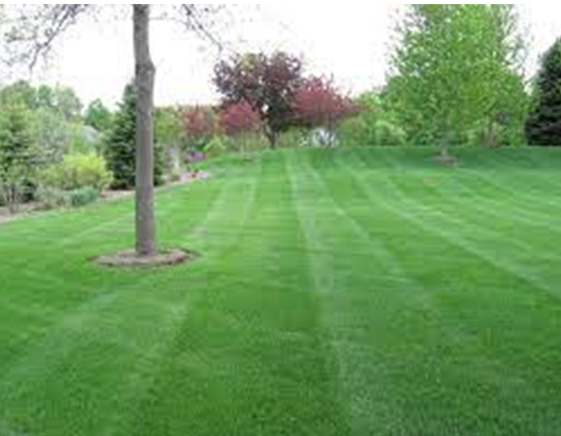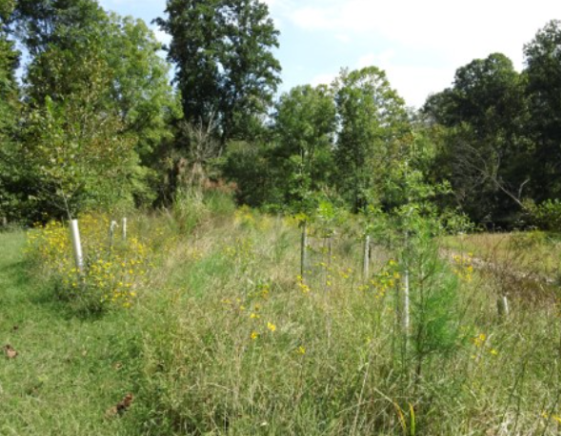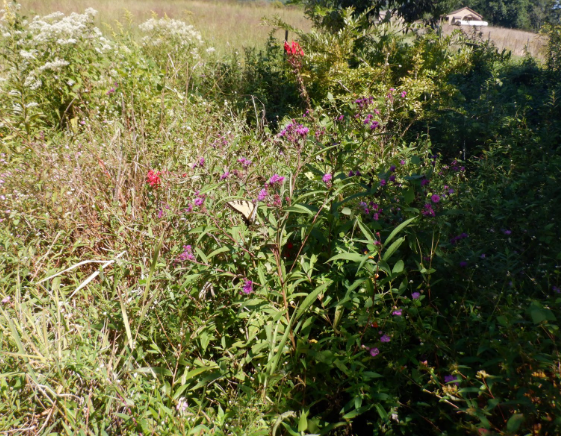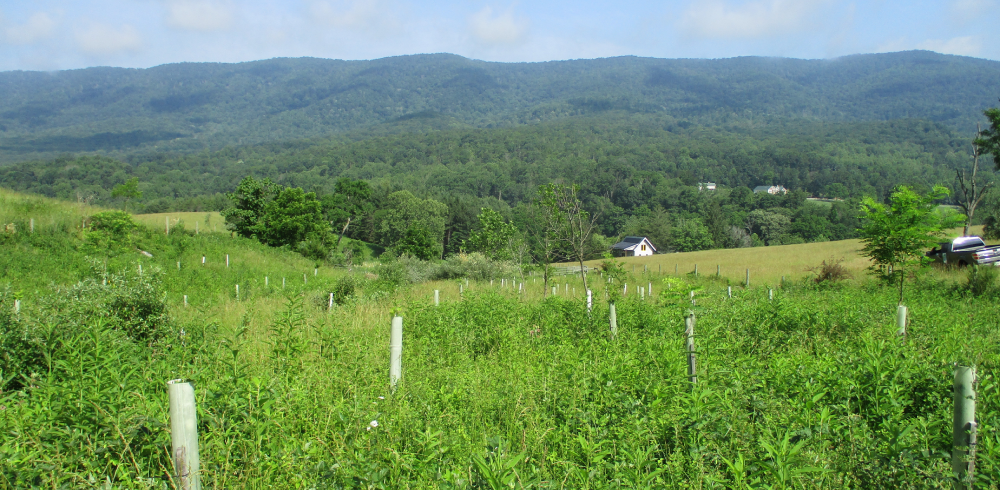The first few years after planting a riparian buffer plantings is an important time to nurture your newly planted saplings, so they can receive the nutrients and water they need to survive.
One of the techniques to help them flourish is to suppress the vegetation around them, especially plants that do not live symbiotically with native hardwoods and increase biodiversity. Some of these culprits include ground cover plants and grasses such as: fescue grass, stilt grass, japanese honeysuckle and japanese hop vine plus many more. Learn more about invasive plants. Did you know that plants like fescue grass are allopathic and emit chemicals into the soil to keep other plants away!
The good news is that many native ground cover plants co-exist with the native seedlings planted such as: ferns, switchgrass, deer tongue, milkweeds, butterfly weeds, Joe-pye weed, boneset, ironweed, coreopsis, asters, goldenrod and cardinal flower just to name a few! Delve more into native plants here: Chesapeake Bay Native Plant Center

A mowed lawn serves the function to keep things neat and tidy, but fits into the category of a monoculture that provides little benefit as a native habitat that would provide food, shelter and nesting sites.


In an effort to allow these riparian buffer herbaceous plants to flourish we try to focus on targeting only those that compete and limit growth of our newly planted hardwoods. By allowing this growth the buffer can appear to be messy or unmanaged, however this textured patchwork of plants creates a bio-diverse habitat that provides food, shelter and nesting sites.
The goal is to re-wild these stream side corridors and avoid landscaping, altering and disturbing these sensitive areas. With that being said we encourage people to enjoy these riparian habitats with low impact activities. Take a hike through, bring a chair in sit, observe or just be. Take your nature guides and identify new plants, animals or birds. Go wading, fishing or collect benthic aquatic insects to look at. It’s important to stay connected to these special places and appreciate them.
To learn more about how to install a buffer project on your property visit or get involved as a Riparian Stewards volunteer: jamesriverbuffers.org

